Fascism, World War II, Resistance
World War II
Throughout the twenty-year period, a subterranean opposition to fascism continued to exist, evidenced by the establishment of the special tribunal and the series of convictions handed down. To become a mass phenomenon, however, the opposition needed a detonator that would explode the regime's contradictions. It was war, declared with reckless presumption, that act of madness that would overtake fascism, revealing its full inconsistency, marked, as it was, by military defeats and moral bankruptcy.
Thus, radiated by clandestine circles, the idea of rebellion against fascism became the heritage of the majority of the Italian people, and after the armistice of September 8, 1943, given the right conditions, the armed resistance arose, a melting pot in which the old anti-fascists were joined by young people, awakened by the wartime climate and animated by the hope of a different and better Italy, albeit often in a confused and not yet politically qualified manner.
While the population suffered from the restrictions of membership, the cruel burdens of the black market to which it was necessary to resort, the terror of aerial bombardments on defenseless cities, the discouragement induced by an unnatural alliance, the courage and sense of duty of the armed forces were not enough to compensate for the shortcomings of the high commands, the shortages of armaments, and the moral demotivation typical of an unwanted and unfelt war.
After the fall of fascism on July 25, 1943 due to a palace conspiracy, and the armistice with the Allies signed on September 8, 1943, while the sovereign abandoned the people and the army to their fate, between September 8 and 12, 1943, the Germans occupied Veneto and Vicenza, thus reacting to the declaration of the armistice by the legitimate Italian government, and restored the governing bodies of the Italian Social Republic there.
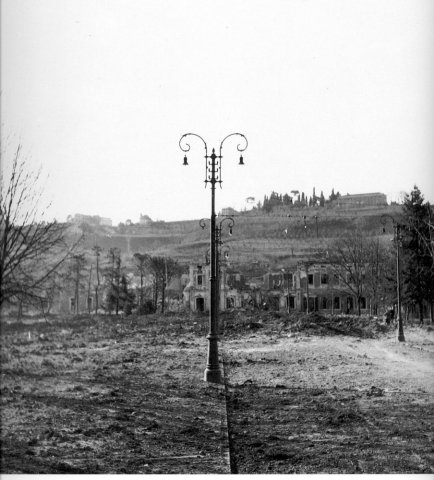
Bombardamenti aerei sulla città. Viale Roma, stazione ferroviaria, 4 gennaio 1945
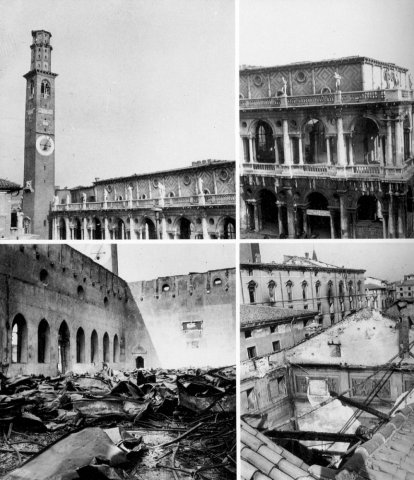
Bombardamenti aerei sulla città. Piazza dei Signori, Basilica Palladiana, 18 marzo 1945
Image Gallery
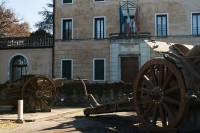 |
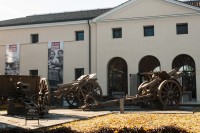 |
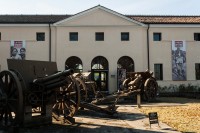 |
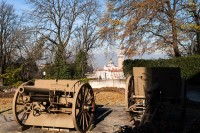 |
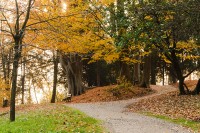 |
 |
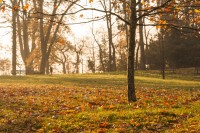 |
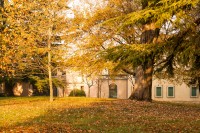 |
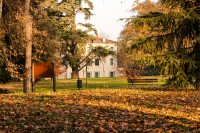 |
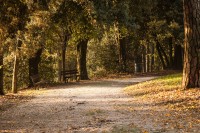 |
 |
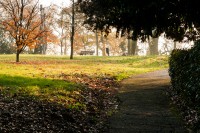 |
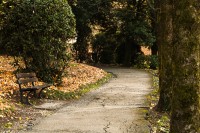 |

